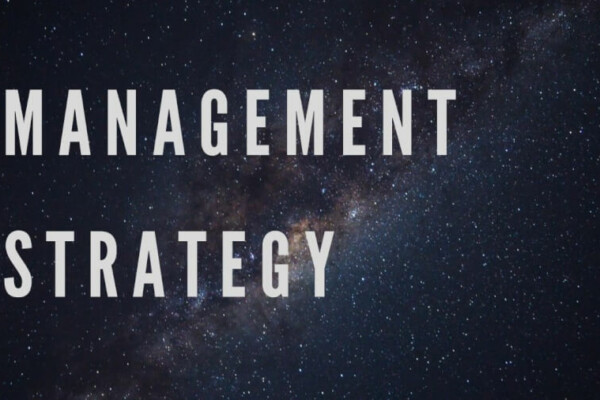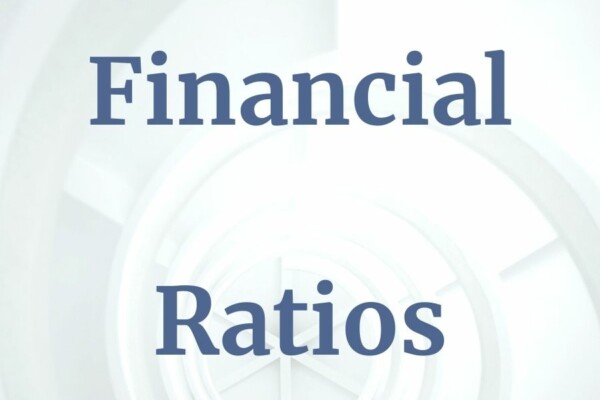There are many different categories of stocks. Every characteristic that a stock or company has qualifies it for a certain category. In fact, any single stock or company probably belongs to several different categories. Investors group stocks into different “types” to make sense of them and to understand how they are similar and different from other stocks. Having different types of stocks in your portfolio can protect an investor’s downside risk.
4 types of stocks to look for when diversifying your portfolio are:
- Growth – rapidly increasing revenue
- Dividend – provide income
- IPO/newly issued – opportunity to be among the first investors
- Defensive – protect against market downturns
Stocks can be differentiated in many other ways too. There are common stocks and preferred stocks, for instance. Stocks can also be categorized in terms of company size, location, industry, and more.
When it comes to building a portfolio, improving the one you already own, or evaluating the performance of your holdings, there are four types of stocks that you must be aware of. Especially if you want to successfully build a balanced and profitable portfolio that helps you sleep at night.
Analyze stocks like a seasoned pro with a free workbook. Read this post:
DETAILED STOCK VALUATION SPREADSHEET WITH WALKTHROUGH
Why Is It Important To Own A Balanced Portfolio?
Before getting deeper into the types of stocks and their characteristics, you must understand the importance of building a balanced portfolio. Owning an appropriately balanced portfolio can lower risk (or at least volatility) and increase the likelihood of you meeting your investing goals.
Blindly diversifying your portfolio is easy. Thoughtfully doing so is a lot more complex. The truth is that building a balanced portfolio requires time, a considerable amount of research, and financial acumen. If you are just starting and feel overwhelmed, don’t despair!
The following are four types of stocks to consider adding to a diversified portfolio.
Ready to learn more about the stock market (so you can conquer it)? Read this post:
“WHEN I BUY STOCK WHERE DOES MY MONEY GO?” & OTHER QUESTIONS
1. Growth Stocks
When purchasing growth stocks you are investing in companies that are expected to grow their earnings at a rate that is above the market average rate. Growth companies are companies showing a great increase in sales, net income, and share price.
While all this sounds extremely good, be aware that stocks of growth companies can be very expensive. Still, investing in them can be extremely profitable. The reason for such high prices is that growth stocks tend to be popular because of their optimistic futures.
With growth stocks, a good strategy to reduce your risk and increase your probability of return on investment is to hold on to them for the long term. Stay committed. Don’t get caught up in emotions and buy at the peak and sell at the trough.
Buying shares in companies that are just starting to grow can be lucrative. But, it’s not easy. Firstly, you’ll need to identify successful companies with strong prospects of growth. These may or may not be easy to find. Then, decide what the shares are actually worth. Finally, be patient and wait for the market to pull back, which will hopefully bring the share price down to fair value.
You already know the answer…but find out how. Watch this video:
CAN YOU GET RICH BY BUYING STOCKS? – THE IMPORTANCE OF HOLDING LONG-TERM
2. Dividend Or Yield Stocks
Dividend stocks (also referred to as yield stocks) are expected to perform well in bull markets and can protect investors in bear markets. For this reason, investors looking for income tend to turn to dividend stocks.
To calculate a stock’s yield, you’ll need to divide the dividends paid by the company each year by the share price.
Keep in mind that when investing in dividend stocks, you need to be extremely careful about the so-called dividend traps. Indeed, contrary to what you might think, while the higher the yield, the better, stocks with a dividend yield higher than 10% can sometimes be very risky investments.
To be on the safe side and enjoy all the benefits of yield stocks, without having to deal with so much of the risk, stick to stocks with a yield that is more sustainable over the long term.
Always investigate the stability of the company’s cash flow and the overall stability of the industry before purchasing dividend stocks. Ensure that you are investing in stable and profitable dividends. It’s a good way not only to diversify your portfolio but also to also earn extra income.
3. New Issue Stocks
For a well-balanced portfolio, you should also consider investing in the so-called new issues. New issues are also referred to as the Initial Public Offerings (IPOs).
IPOs are when a private company offers shares to the public for the first time. From that point forward, the stock can be bought and sold on an exchange.
Generally, companies go public to raise capital to invest in their business. Institutional investors and early retail investors have the opportunity to own shares before they’re publicly traded. This opportunity can result in a very good return on the investment. The most lucrative strategy, when it comes to new issue stocks, is usually to get an allocation before the shares are publicly traded. If that’s not possible, there are still returns to be had after the stock starts trading.
Interestingly, in the past, accessing such opportunities was very difficult. This made investing in new issues a rather elitarian strategy. But today, thanks to the advancements of technology, and a more level playing field, investors can easily access such opportunities.
New Issue stocks are great ways to build a balanced portfolio. Especially now that they are more easily accessible, and readily available, than ever before.
4. Defensive Stocks
Last but not least, there are defensive stocks. These are also, sometimes, referred to as non-cyclical stocks. Such shares tend to be pretty stable and do not go down as much as the rest of the market during difficult times. This is because they are linked to things such as commodities and consumer staples.
Defensive stocks are companies that operate in industries whose performance or success does not depend so heavily on the economic cycles. Examples of such stocks include companies operating in the food industries, utilities, and oil or gas. Or, at least, oil and gas were thought to be recession-proof until recently.
Investors like to invest in defensive stocks as they can provide a constant dividend and report stable earnings, no matter the state of the overall stock market. This is a good way to reduce risk.
However, they are not the best stocks to invest in if you are looking to make high profits or to gain a considerable return on investment. Indeed, you should not expect dramatic growth or huge profits from these stocks. Still, it is worth adding them to your portfolio to ensure diversification and reduce your expected risk.













